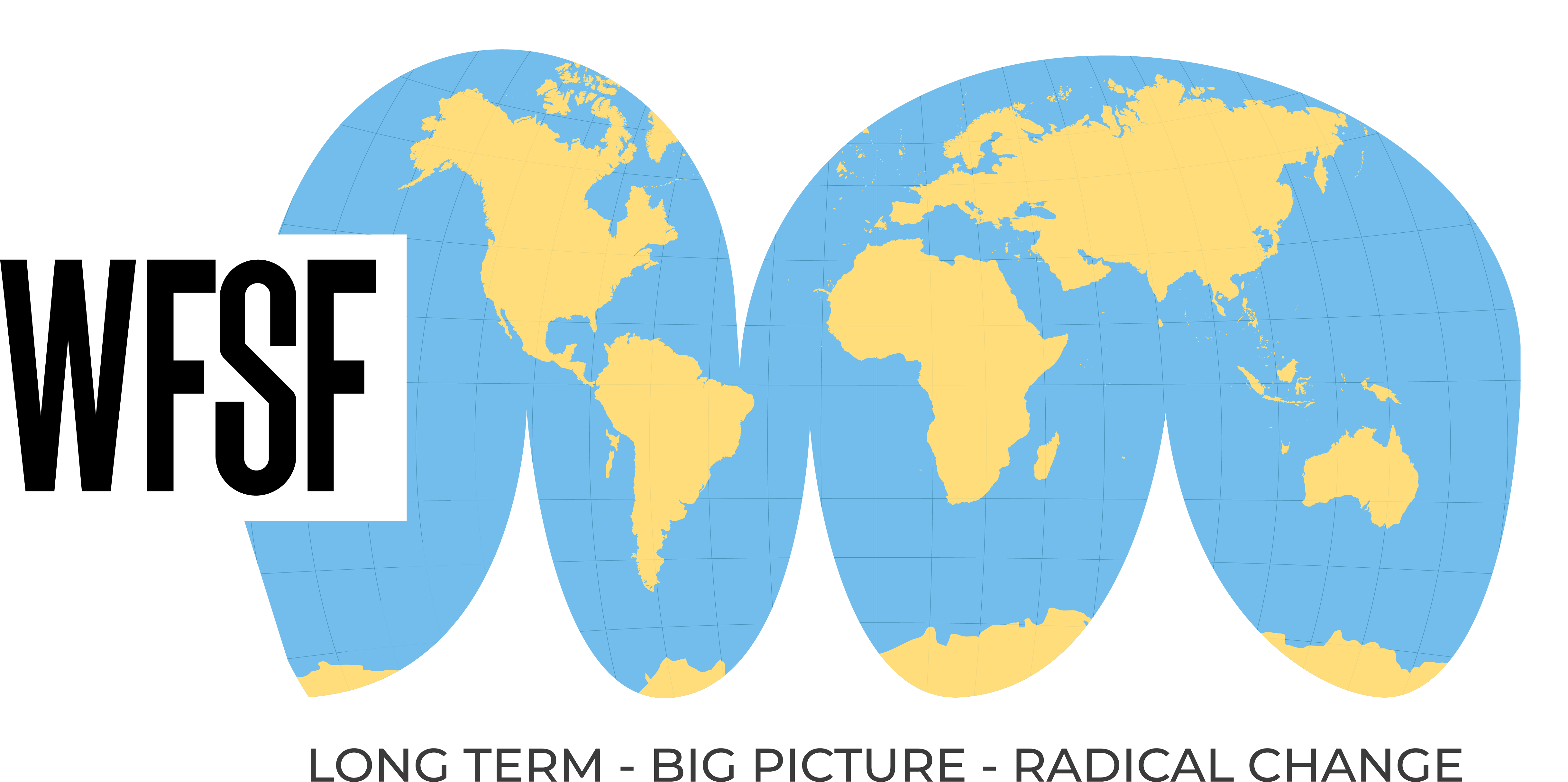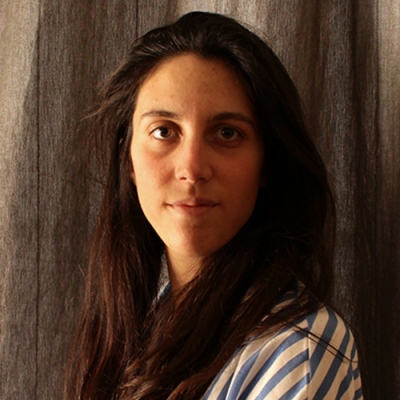24th World Conference

Codesign with More-Than-Humans: Toward a Meta Co-design Tool for Human-non-human Collaborations
What does more-than-human mean? How can we, as humans, understand that our ecology is only one of the many that do exist within the world ? Furthermore, in which way should we step aside to let all ecological actors exercise their agency (de la Cadena and Blaser, 2018; Mancuso, 2018)? And, more specifically, what should be the role of design and designers in tackling complex issues and in contributing to a major shift in thoughts? These questions, arisen during a PhD activity led by Politecnico di Milano, fostered a reflection about the relation between possibile futures and the design practice itself, and set the basis for the creation of a provotype.
A provotype (from “provocation” and “prototype”) is a conceptual product or an artefact whose objective is to foster reflections and provoke discussions mainly concerning social and environmental sustainability, innovations, and technologies, leaving gaps to be filled with audience imagination (Mogensen, 1992).
The research reported in this contribution deals with particular issues and questions that fall under the umbrella of the topic of alternative biopolitics in future scenarios: how can we co-design with more-than-human actors? In which way can symbiosis between different entities be achieved? What is the meaning of interspecies justice and which should be the steps to follow in order to fulfill it? And, finally, maybe the most significant question to focus on: how can communication between different entities be fostered (Bellacasa, 2017; Norris et al., 2018; Rice, 2018; Tassinari et al., 2020)?
The designed provotype consists of a fictional event (“The first Multispecies Symposium”) which takes place in 2100, further helped the researchers in opening new reflections that made possible to experiment with participatory design and to finalise a tool that can be used to share and expand reflections about futures without hierarchies, not human-centred, sustainable progress and hope, participative futures.

